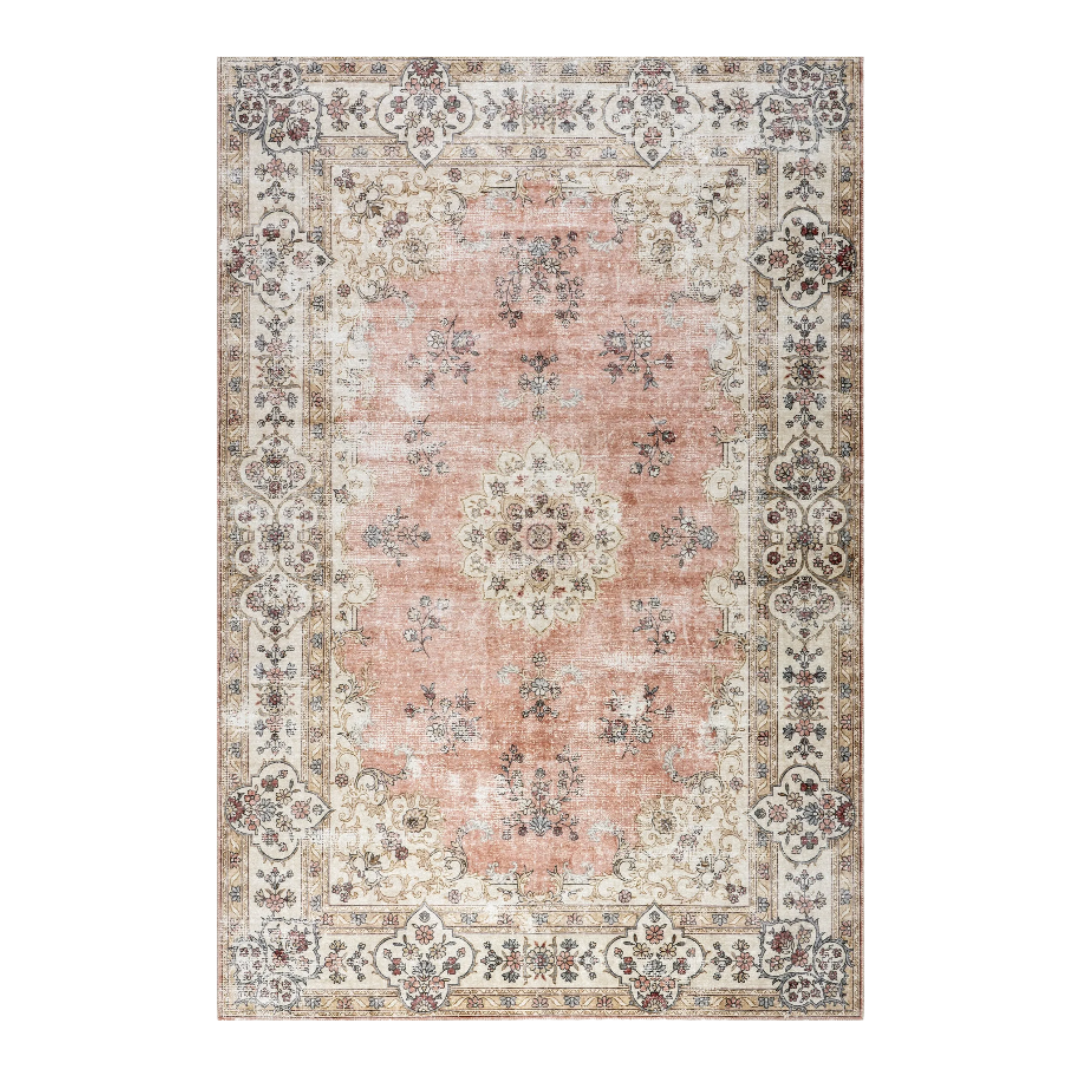I asked an interior designer how they would tackle designing a dorm room – these were the 5 key tips they think every college student should listen to
Small space? Strict rules? No problem. The DIY expert teaches a crash course in dorm design
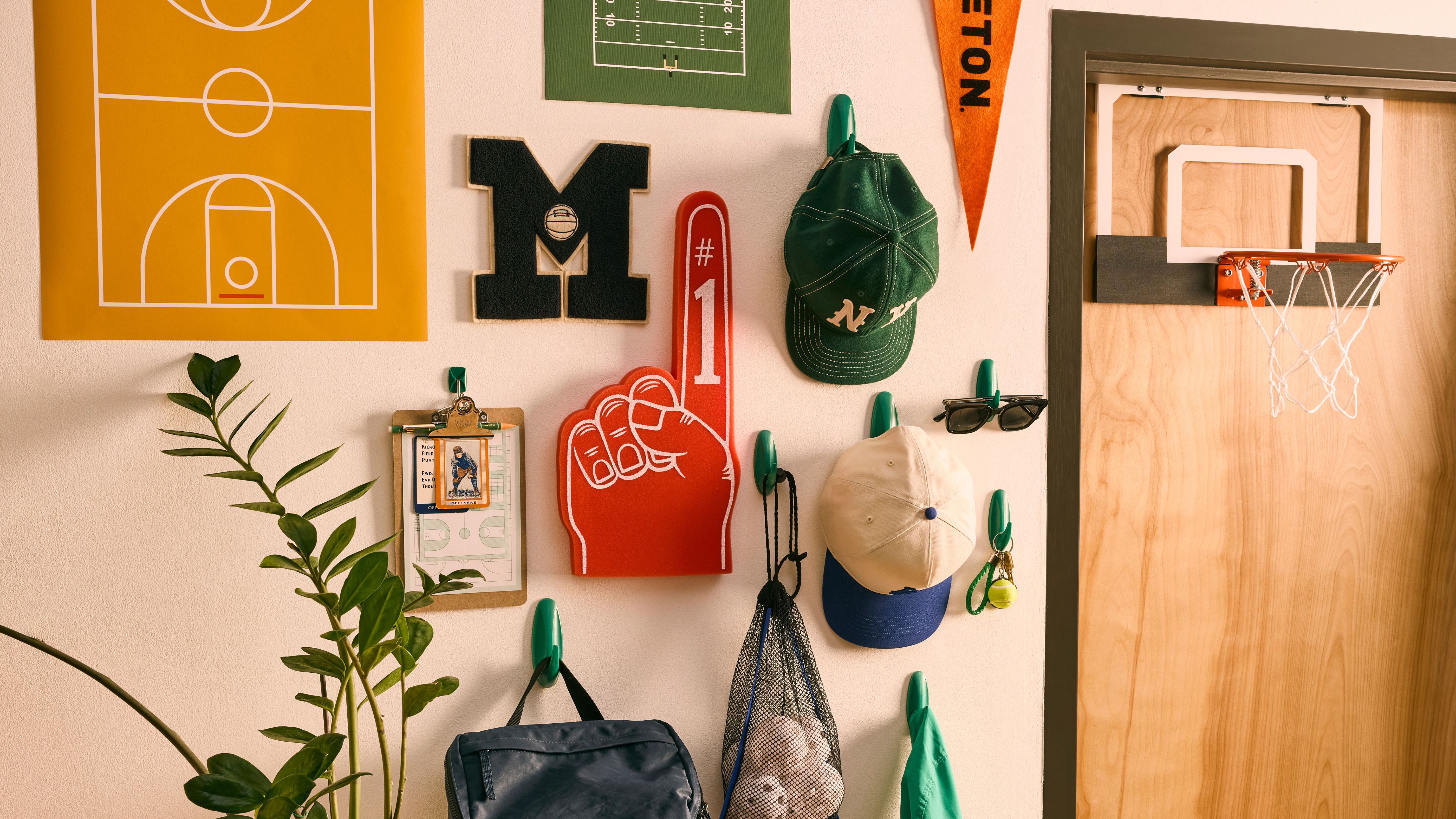

What separates a good dorm room from a great one? We’ve all seen the aspirational posts of perfectly curated dorm rooms on Pinterest and TikTok that somehow manage to look like boutique hotel suites instead of 12-by-19-foot boxes with twin XL beds. But what is it exactly that gives those spaces their 'It' factor?
To pinpoint these unspoken – but impactful – dorm room ideas, I tapped interior designer Julian Thomas, an NYC-based DIY expert and small-space savant whose entire ethos is about making tight quarters feel like home (without blowing your budget or your housing deposit).
New York, after all, is basically one big dorm room: limited square footage, strict housing rules, and a whole lot of personality required to make it work. Julian’s feed brims with solutions to the small-space conundrum – 30-second gallery walls, renter-friendly backsplash upgrades, and stick-on everything. They’re stylish enough for full-fledged adults and simple enough for a freshman with a Command hook, college dorm room checklist, and a dream.
‘It’s easy to get caught up in creating a “Pinterest-perfect” space – but if your layout doesn’t match how you actually live, it won’t stay cute for long. Trust me,’ says Julian. ‘Smart dorm design isn’t about impressing anyone, it’s about creating a space that works for you (and your roommate). A little intentional planning goes a long way.’
And he would know. As the saying goes, if you can make it in New York, you can make it anywhere – dorm bedrooms included.
Ahead, the internet’s self-proclaimed 'home boy' shares five must-know elements for mastering your dorm room this semester – plus exactly what to buy, where to stick it, and how to make the whole space feel like yours without bothering your new RA.
1. Clearly defined zones
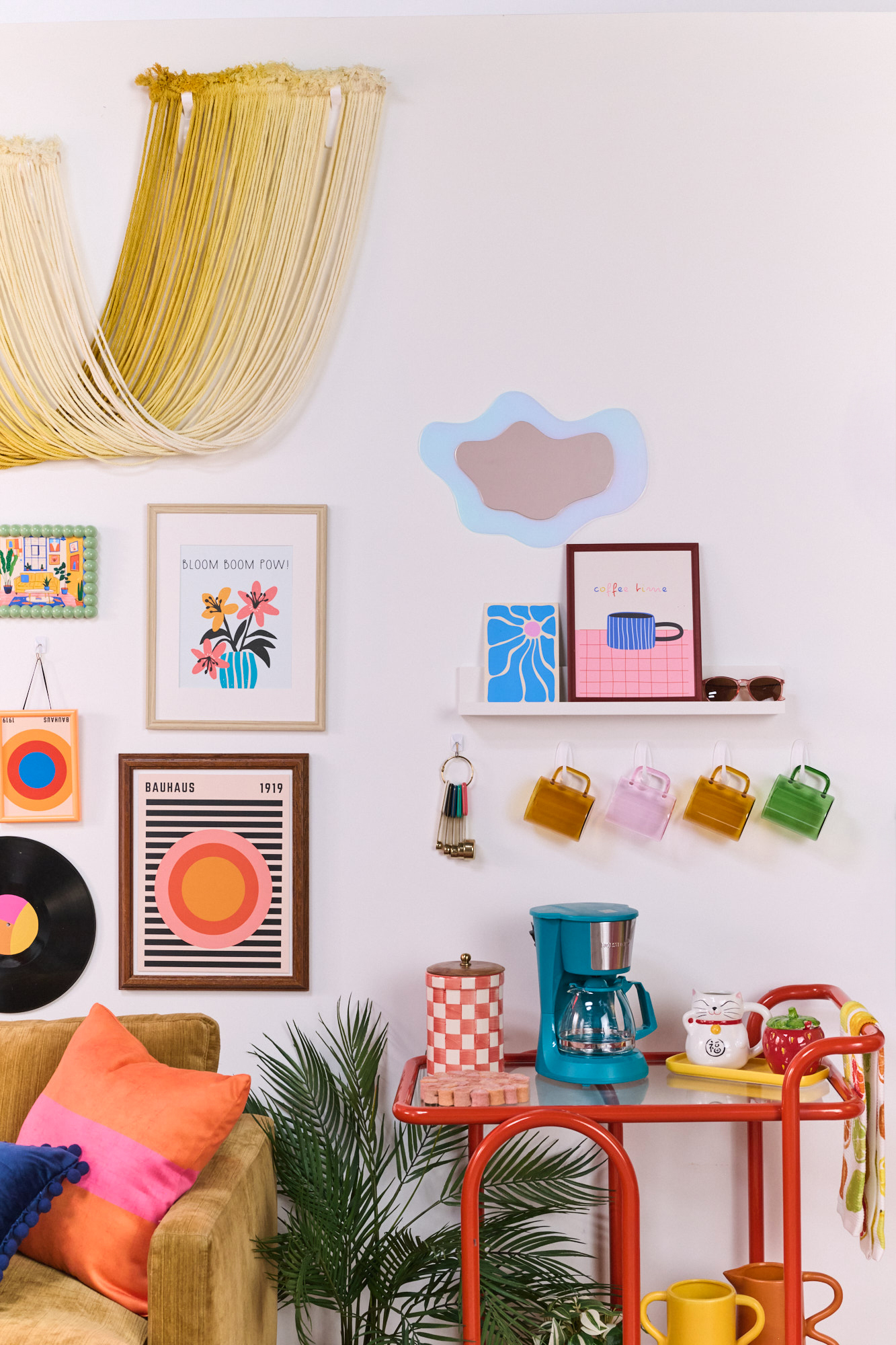
‘In a shared dorm, personal boundaries are very important,’ says Julian. ‘This is especially true considering that this might be the first time many students are experiencing having to share a room/their sleeping space with someone else – even more so with someone they’re not related to.’
Design expertise in your inbox – from inspiring decorating ideas and beautiful celebrity homes to practical gardening advice and shopping round-ups.
The easiest way to keep the peace is to create distinct visual zones for sleeping, studying, and relaxing. 'You can use small rugs to anchor each zone, or face desks/beds away from each other to carve out ‘privacy’ to signal space separation,' Julian suggests. 'A little definition goes a long way in maintaining harmony between roommates.'
The key is scale: a 3’ x 5’ or 5’ x 7’ rug is usually enough to create separation without overwhelming the space. Julian recommends washable options from brands like Ruggable or Cozey, which are both easy to clean and easy to style.
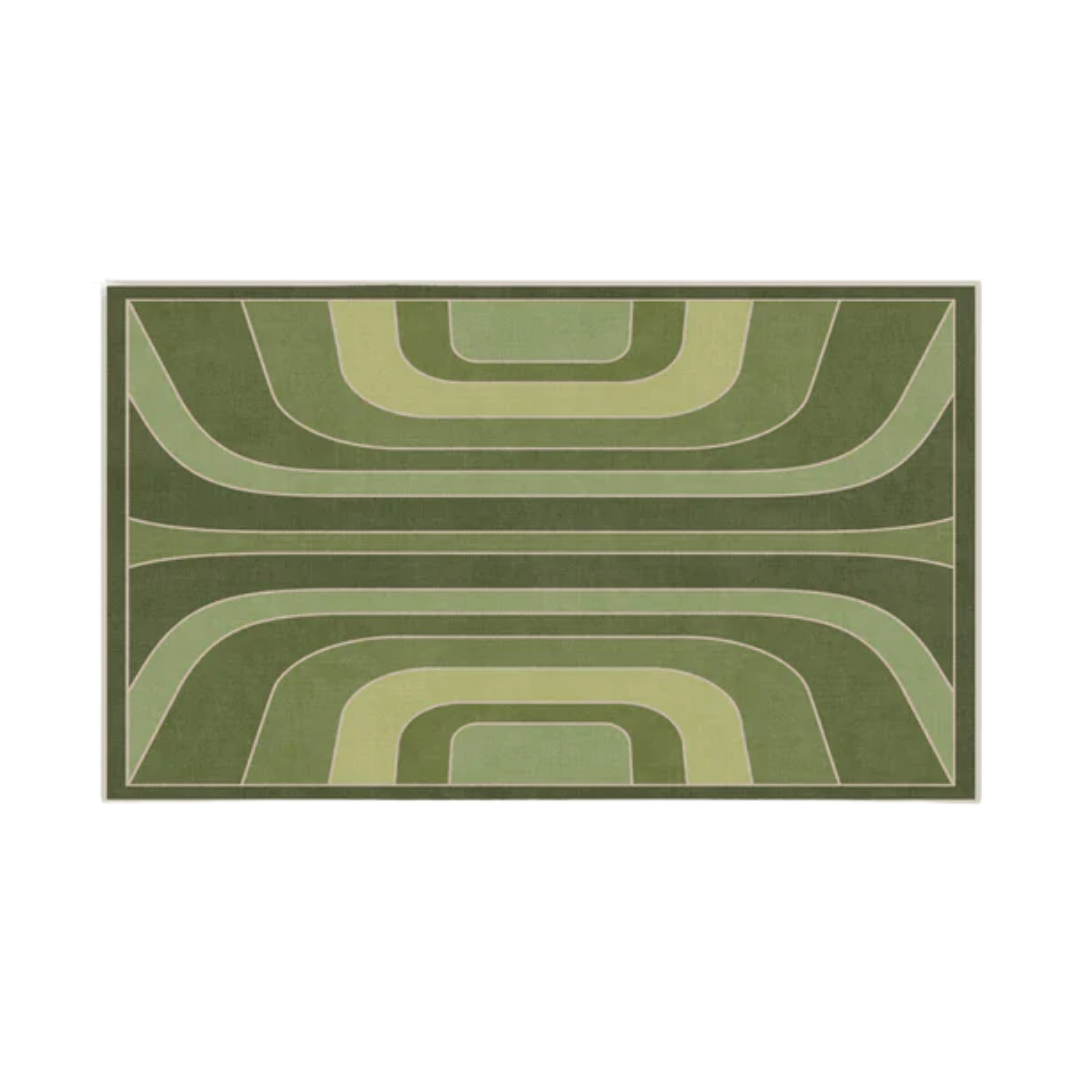
Ruggable’s collaborations are legendary, but the Jonathan Adler line is especially so. The Paradox is unfussy enough to survive late-night snacks and has a retro cool vibe that you'll want to keep past college.
2. DIY privacy solutions
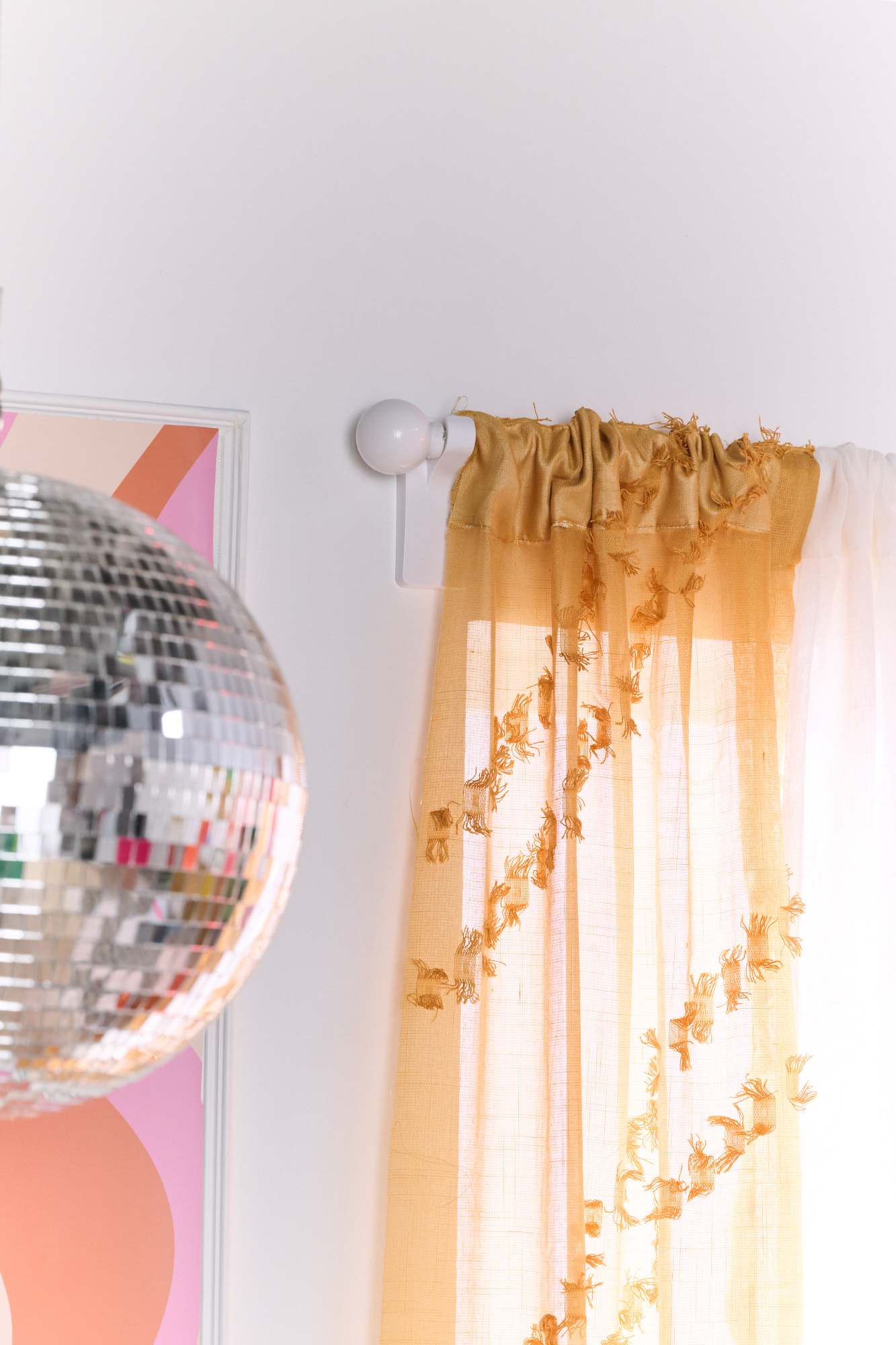
Dorms are great for socializing. Privacy? Less so. ‘Since most dorms don’t come with private bedrooms, creativity is key,’ says Julian.
His solution: create visual dividers using temporary, non-damaging tools. ‘Standing bookshelves, tension rods with draped curtains, or even carefully positioned tall plants can create the illusion of privacy, while not being an eyesore in the space,’ he notes.

Lighting helps define zones too. ‘Cord clips, like these from Command, are perfect for hanging string lights in areas that might not receive as much light with a partition wall in use – no drilling required,’ he says. Consider it an easy way to turn a forgotten corner into a semi-private reading nook.
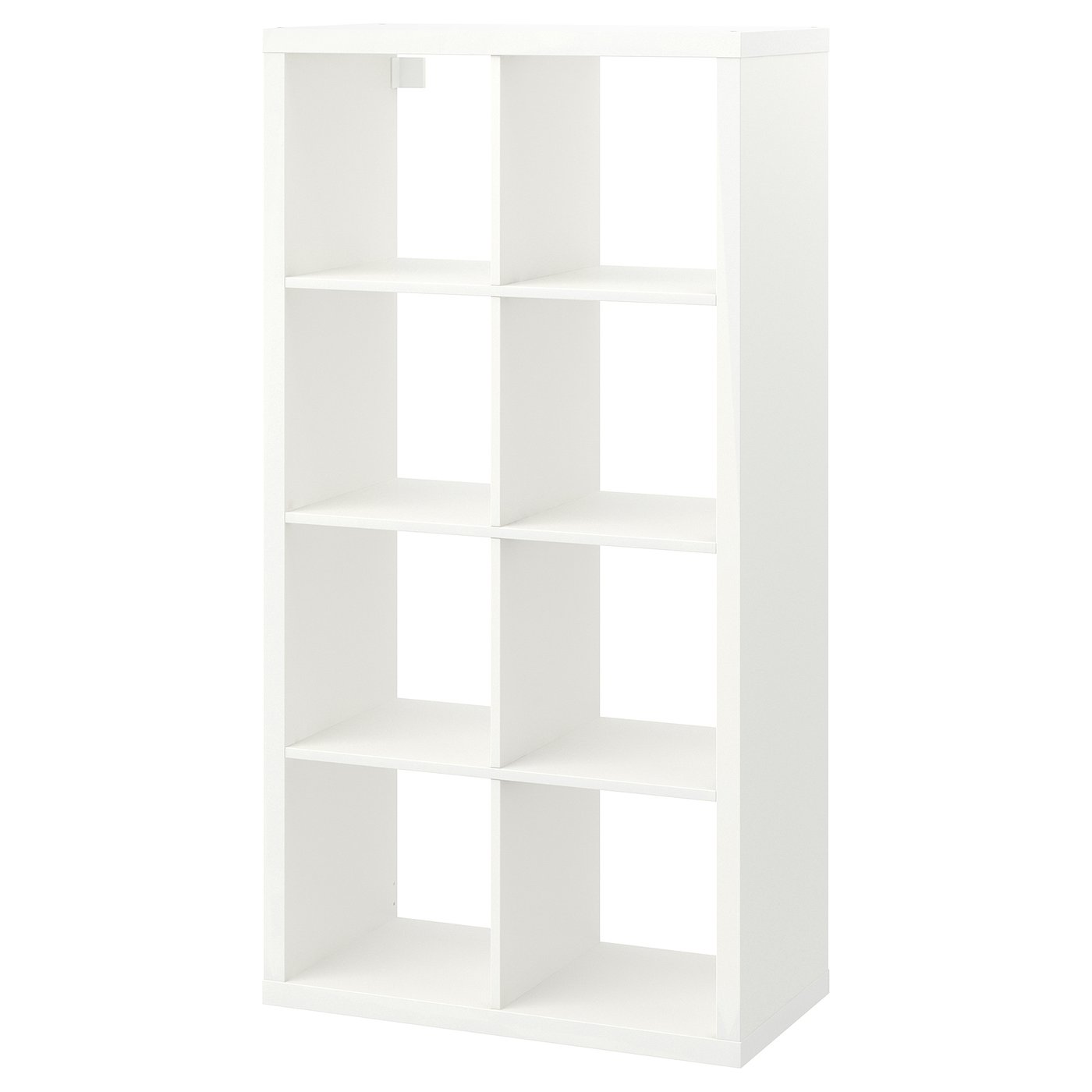
Open bookshelves – like Ikea’s KALLAX – pull double duty as room divider and storage. ‘Choose tall, narrow styles to section off areas while still letting light through,’ Julian advises. Bonus: more shelf space means more room to show off your personality without cluttering up the floor.
3. Furniture that encourages connection and flow
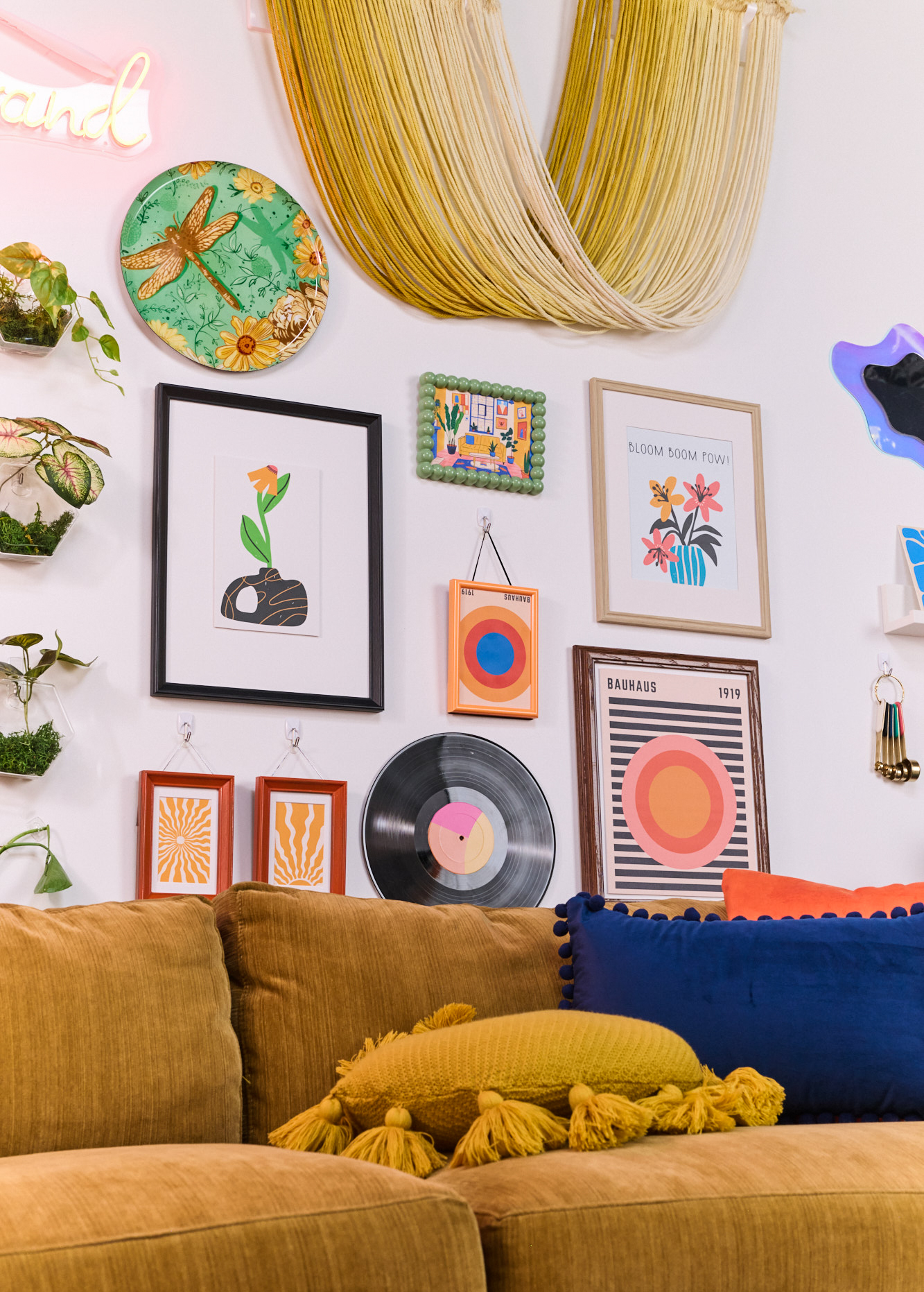
‘In small spaces, every piece of furniture needs to serve a purpose other than looking good,’ says Julian. ‘Look for pieces with rounded edges – like a tulip table or soft ottoman – which will make the space feel cozier and are easier to navigate in tight spaces’ (plus, fewer bruises from late-night snack runs). ‘Bonus points if it doubles as storage,’ he adds.

Julian recommends this coffee table designed by the homeware queen herself, Drew Barrymore, which he says ‘creates a soft anchor for shared meals or late-night chats.’ The boucle base adds texture, while the removable wooden top lets it double as both a seat and a table. Inside? Built-in storage for blankets, pillows, or whatever you’re trying to hide during move-in week.
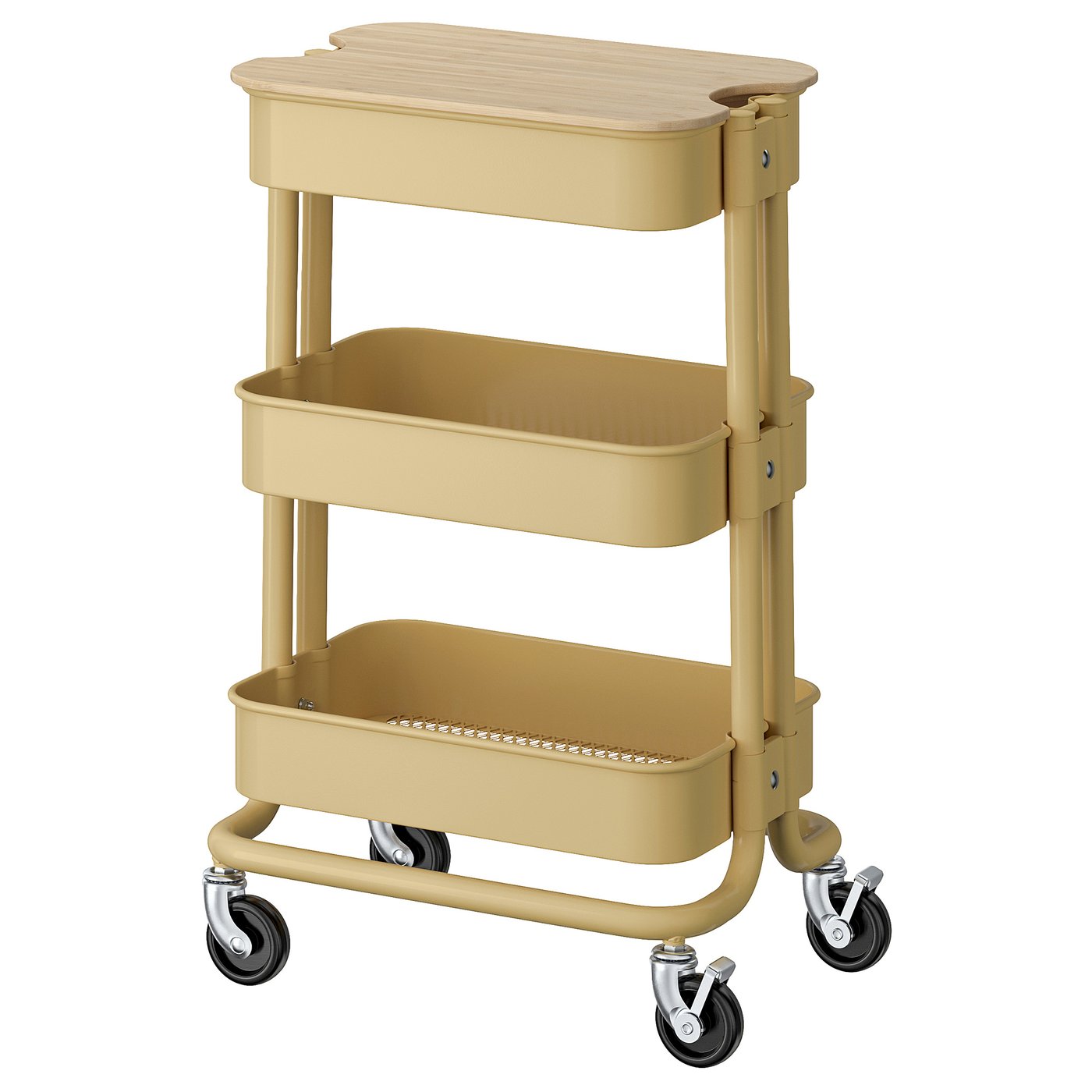
Utility carts might not sound glamorous, but they’re wildly versatile. Use one as a makeshift dorm room kitchenette, a bathroom catch-all, or even a mobile art station if you’re crafty. It adapts with you – and best yet, it rolls.
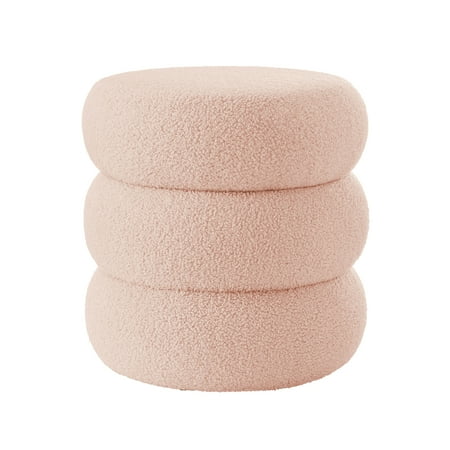
Storage ottomans or poufs are one of those unnecessary necessities you’ll wish you had sooner. According to Julian, they ‘function as seating, footrests, or impromptu tables.’ This boucle option pairs perfectly with the Drew Barrymore table (and over 1,000 reviewers seem to agree).
4. Personalization that respects shared space
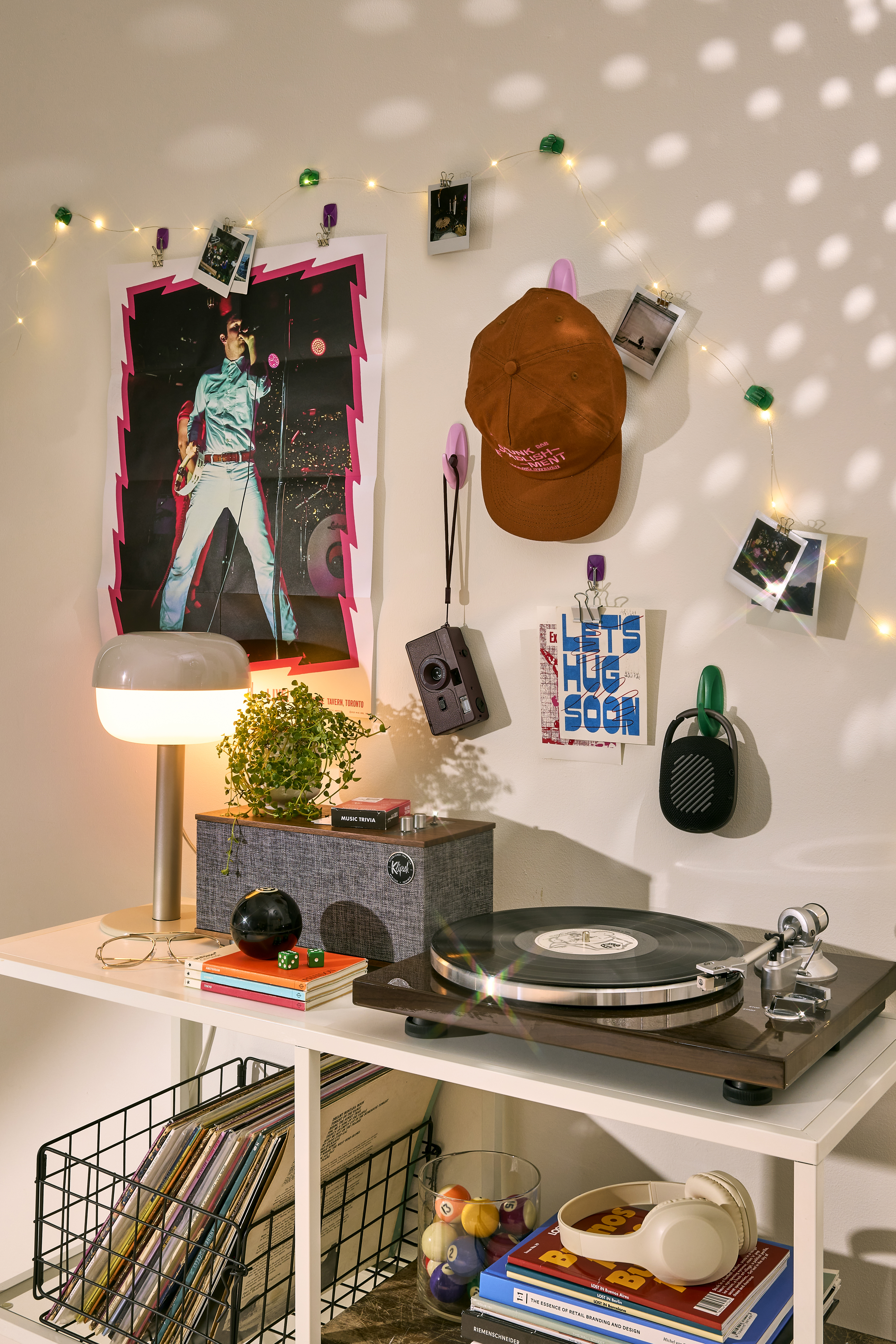
It’s hard to overstate how important it is to make a dorm room feel like your own – it’s what brings energy (and actual personality) into the space. Still, it’s not just your space, so plan accordingly.
‘Corkboards, photo ledges, or removable wall art let each roommate bring their personality without overwhelming the space,’ says Julian. ‘But be sure to keep bold personalization to your own side and use shared walls or surfaces for common interests using neutral aesthetics.’
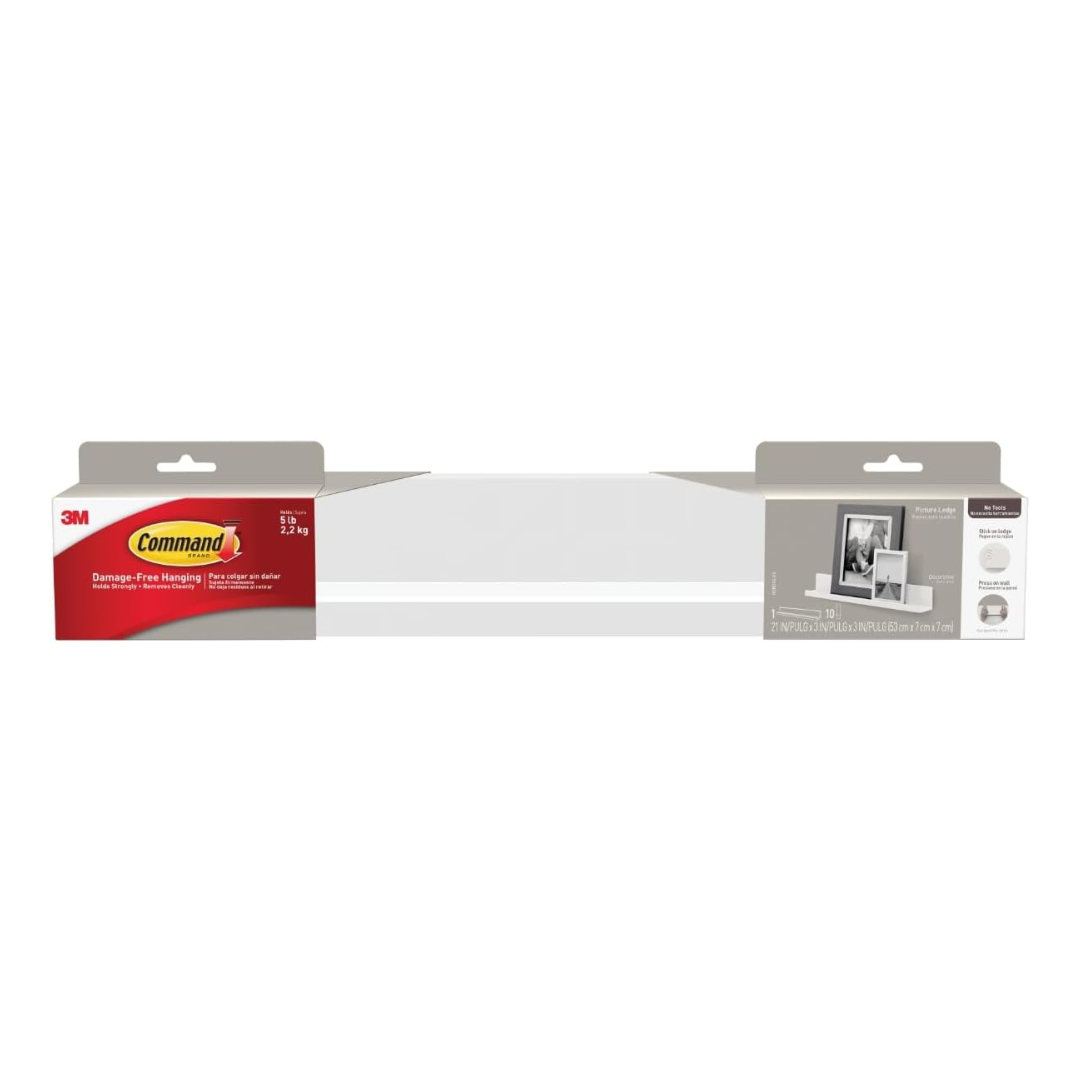
The term picture ledge is a bit of an understatement. These slim shelves can hold more than frames – lightweight clocks, candles, perfume bottles, faux plants, or anything small that needs a place to land. Use one above your desk or bed to sneak in some personality without cluttering surfaces.
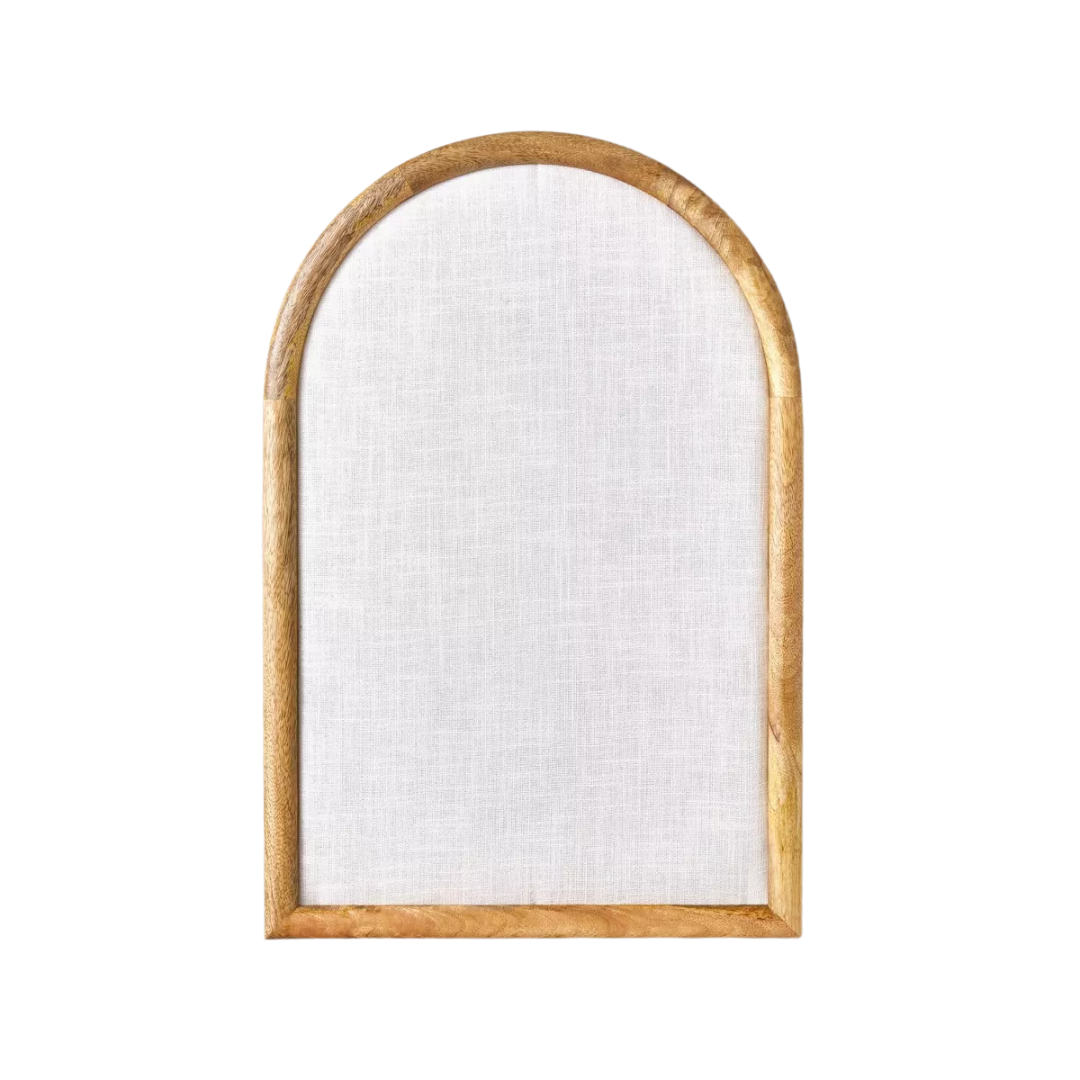
According to Julian, cork tiles or felt pinboards are ‘a great way to share notes and to-dos.’ He advises sticking to neutral tones or natural cork if you’re putting them on shared walls – aka, don’t force your roommate into hot pink. This version, designed by Joanna Gaines for Target, fits the bill.

Julian swears by Command’s picture hanging strips, calling them ‘an easy way to mount photos, posters, and art without damaging the walls.’ These hold up to 15 pounds (or 20, if you’re working with something oversized), and they’re pretty foolproof – perfect for the commitment-averse.
5. Storage that’s vertical and versatile
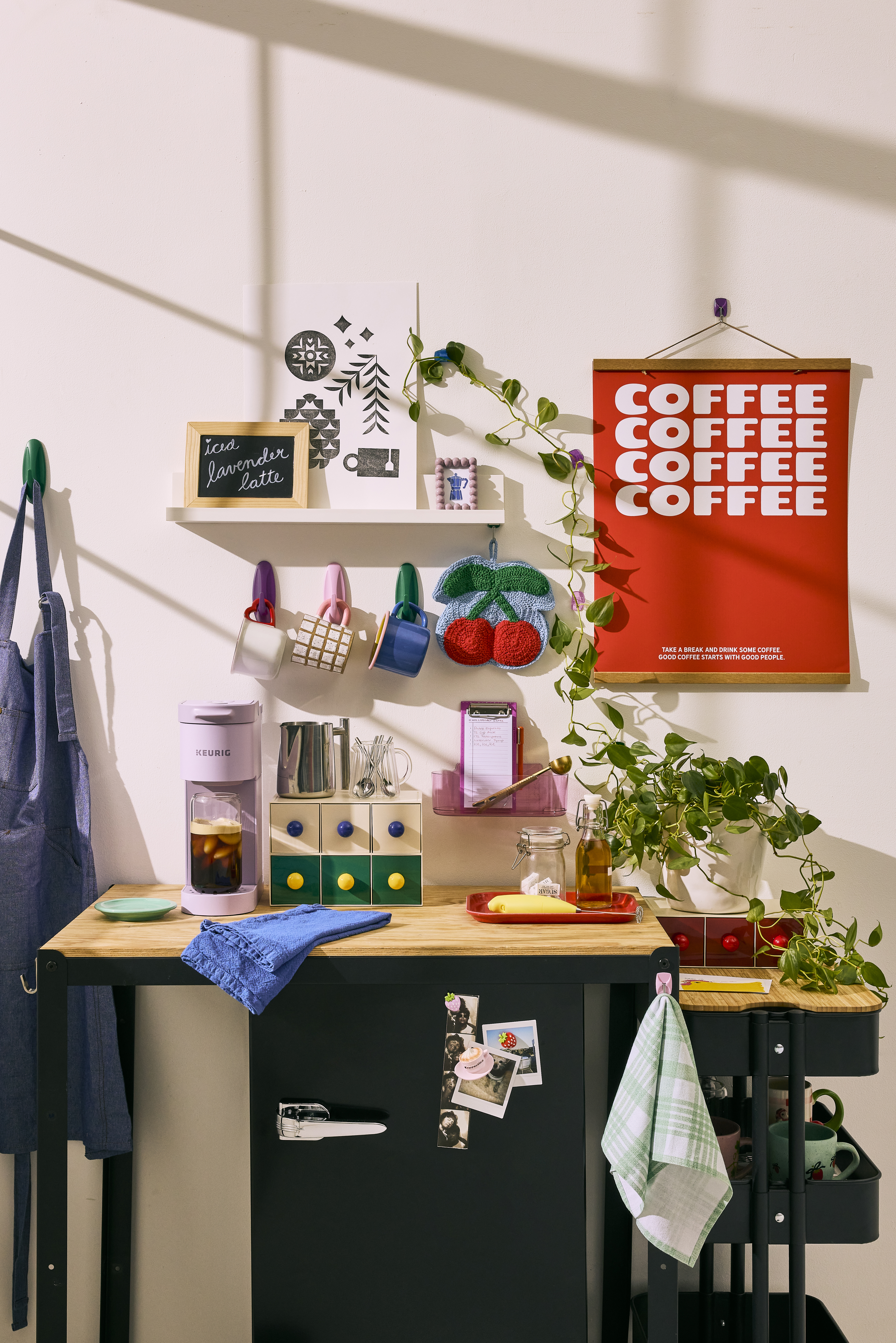
Leave no corner unturned. Seriously – look high, look low. ‘Underbed bins, over-the-door organizers, and Command hook systems can help maximize the minimal storage space in a typical college dorm,’ says Julian. ‘Go vertical whenever possible, and look for stackable bins or modular drawers that can evolve with changing needs.’

‘Whether over the door, behind the door, or under the sink; most surfaces can provide extra storage,’ notes Julian. Broom grippers are his favorite example. ‘Use them to mount cleaning supplies, freeing up floor space.’ These ones by Command are a hit on Amazon and are good for organizing way more than just brooms.

Stackable bins and drawers are fairly obvious, but Julian advises choosing clear options whenever possible. ‘They offer a clean, airy look and make it so much easier to find what you need.’ This means less time digging, more time doing literally anything else.
I asked Julian one final question: what’s the biggest dorm room design mistake to avoid this fall?
According to the DIY expert, it’s leaning too hard into the bones of the dorm itself. 'In an ordinary home, this might fly – but chances are, you probably won’t be working with an old, charming Tudor.’
‘Think commercial-grade floors, basic furniture, metal bins, and cinderblock walls,’ he says – features we only wish were jokes. ‘It makes sense for longevity, but it also makes the space feel cold, echoey, and more like a gymnasium than a place to sleep, study, and relax with friends.’
In other words, don’t just live with what’s there – layer over it. ‘Splurging on textiles is important,’ Julian adds. ‘From rugs to pillows, linens to curtains – soft materials are your secret weapon for making a dorm room feel like an actual home. They absorb sound, add warmth, and bring in personality without taking up space.’

Julia Demer is a New York–based Style Editor at Homes & Gardens with a sharp eye for where fashion meets interiors. Having cut her teeth at L’Officiel USA and The Row before pivoting into homes, she believes great style is universal – whether it’s a perfect outfit, a stunning room, or the ultimate set of sheets. Passionate about art, travel, and pop culture, Julia brings a global, insider perspective to every story.

